Nissan Rogue SV Vs SL: Which Trim is Right for You?

You’re in the market for a compact SUV, and you’ve settled on the Nissan Rogue. Great choice! But which trim: SV or SL?
We’re big fans of the Nissan Rogue here at AutoGuide. This spacious, good-value SUV packs in lots of standard safety features and one of the most fuel-efficient powertrains in the segment—only hybrids can top it. It’s a vehicle we’ve happily recommended to friends and family, but which particular trim they need is another question entirely.
Get a Quote on a New 2023 Honda CivicFor this particular trim-on-trim face-off, we’re taking a look at the two mid-pack offerings on the Rogue. The SV and SL represent the relative Goldilocks options in the lineup: not too stripped-out, but not too pricey either. There are a few key differences, however, so read on for the full scoop in our Nissan Rogue SV versus SL comparison.
Style
The 2023 Nissan Rogue wears an inoffensive, easily-identifiable look. It’s a pretty standard boxy shape, moving away from the smoothed-over look of the previous generation. The V-Motion Grille out front is what helps it stand out, framed by a pair of squinty headlights and blocky secondary elements below. Black plastic body cladding gives it the required off-roady look, but it’s tasteful. Depending on trim, the Rogue can come in a two-tone treatment with a blacked-out roof, but more on that in a bit.
SEE ALSO: 2022 Nissan Rogue Platinum AWD Review: Quick TakeShift around to the back of the vehicle and there’s a big, square tailgate for maximum access. Thin trapezoidal taillights frame a big Nissan logo and the R O G U E badging, just in case anybody isn’t sure what they’re looking at.
There are a few visual differences between the SV and SL trims. As we hinted before, the SL can come with two-tone paint jobs; to unlock them requires adding both the SV Premium Package and the Midnight Edition Package. The former adds roof rails and a panoramic moonroof, amongst other interior goodies; the latter focuses on blacked-out trim and wheels.
Nissan Rogue SV vs SL: Cabin Space
In general, the Rogue’s interior is a comfy, spacious place to spend time, with easy access to most controls and a clear view out ahead. Rogue SV buyers will find standard cloth seats, with the option of faux-leather seating. The higher-up SL brings in real leather. Both models have an eight-way power-adjustable driver’s seat; only the SL gives the passenger seat power, too. The SL also gains a leather-wrapped steering wheel—and it’s heated as standard (that’s optional on the SV).
When you break out the measuring tape, it’s the lower SV that has an advantage—at least, if you get it without the optional moonroof (which is standard on the SL). Ditch the glass and there’s 41.1 inches (1,044 millimeters) of headroom; keep it and both models share a 39.2-inch (996 mm) measurement. Incredibly, there’s an extra two more inches (51 mm) of rear headroom without the moonroof; with it, it’s the same figure as the front. Legroom measures 41.5 and 38.5 inches (1,054 and 978 mm) front and rear, respectively. Both models have a flat-folding rear bench as well.
Powertrain and Fuel Economy
In the US, every single Nissan Rogue comes with a 1.5-liter turbocharged three-cylinder engine, producing a 201 horsepower and a strong 225 pound-feet of torque. That torque doesn’t peak until 2,800 rpm, but then stays until 4,000 rpm. That puts the Rogue right near the front of the class for standard engines; only the recently released Dodge Hornet offers more standard horsepower and torque.
SEE ALSO: 2023 Dodge Hornet Review: First DriveNissan hooks that engine up to a continuously variable transmission, with standard front-wheel drive or optional all-wheel drive.
Don’t think that power will cost you at the pumps, either. The Rogue SV FWD will do 30 mpg city and 37 mpg highway, with a 33 mpg combined rating. The fancier SL knocks a single mpg off each rating. The gap tightens when opting for all-wheel drive: the SV AWD scores 28/35/31 mpg, and the SL AWD does 28/34/31. Those are the best non-hybrid figures in the compact SUV segment.
The story is more or less the same in Canada. There, the base S trim still uses the outgoing 2.5-liter naturally-aspirated four-cylinder engine. All trims are AWD, as well. Fuel economy figures are 8.4, 6.7, and 7.6 L/100 km for the SV, respectively; the SL is only slightly worse at 8.4, 6.8, and 7.7 L/100 km.
Cargo and Towing
Nissan quotes 36.5 cubic feet (1,034 liters) of space behind the rear seats of the Rogue—or very slightly less if that sunroof is present. Drop the second row and space more than doubles to a very useful 74.1 cubes (2,098 L). Got the sunroof? You lose about a little over one cubic foot (28 L).
SEE ALSO: Mazda CX-5 vs Nissan Rogue Comparison: Heart and HeadAll 2023 Rogues are rated to tow up to 1,500 pounds (612 kilograms).
Nissan Rogue SV vs SL: Safety
The Rogue comes with one of the most thorough driver assist suites on the market. Both the SV and SL feature standard helpers like automated emergency braking, lane-keep assist, auto brake hold, hill start assist, auto high beams, rear braking sonar, blind-spot monitoring with rear cross-traffic alert, and full-range adaptive cruise control. The SV adds a 360-degree camera to the package, and also offers the option to upgrade to the adaptive cruise control paired with navigation, traffic sign recognition, plus front, side, and rear sonar.
Tech and Features
Nissan is pretty generous with its standard Rogue equipment, as even the SV features goodies such as dual-zone auto climate control, smart key, a 12-volt outlet, eight-way power-adjustable driver’s seat, faux-leather seating, and an 8.0-inch infotainment system with voice recognition. There’s also a WiFi hotspot and four USB ports. A premium package adds a security system, sunshades, roof rails, heated front seats and steering wheel, and a power tailgate, amongst other things.
Moving up to the SL unlocks extra creature comforts. The SV’s optional heated seats and steering wheel become standard, for example; the seats are leather now, too. The passenger seat gains power adjustments, and the driver’s adds a memory function. The dual-panel sunroof is standard, too.
The SL also offers its own Premium Package to further distance itself from the SV. Buyers can spec a larger 9.0-inch touchscreen, which includes navigation, Nissan Connected Services, a better Bose sound system, and wireless Apple CarPlay functionality. (It’s important to note there is no wireless charger, however.) The package includes a motion-activated tailgate and tri-zone climate control as well.
Pricing
In America, the Nissan Rogue SV starts from $30,785 including destination. The Premium Package will add $2,660 to the bottom line. Meanwhile, the SL goes for $35,245; its upgrade package is just $1,530. Both of those MSRPs cover the front-drive versions; upgrading to AWD adds $1,500.
SEE ALSO: Toyota Corolla Cross vs Honda HR-V Comparison: Heavyweight Battle of Little SUVsIn Canada, both AWD and the respective Premium Packages are standard, which helps explain the comparatively higher starting prices of $38,868 and $43,268 CAD, respectively.
Nissan Rogue SV vs SL: Verdict
Like we said from the start, the Nissan Rogue is one of our favorite family haulers out there. It’s spacious, easy to drive, and very fuel efficient.
As this spec comparison shows, it’s also a very well-equipped package, even without plumping for the top Platinum trim. Both the Rogue SV and SL offer hyper-competitive features lists for their price tags, with a good blend of comfort, tech, and safety at both price points.
With its standard safety kit, slightly better fuel economy, and comfy Zero Gravity seats, the SV would be our recommendation for most folks. It offers up just about everything a young family needs, at a price that’s sure to keep smiles on faces. On the flip side, if you like tech, we’d suggest skipping the SV Premium and going straight to the SL Premium. That one feels swanky, and really only misses out on the digital instrument cluster, head-up display, and wireless charing pad of that headline Platinum. Either choice is a win.
Become an AutoGuide insider. Get the latest from the automotive world first by subscribing to our newsletter here.

Kyle began his automotive obsession before he even started school, courtesy of a remote control Porsche and various LEGO sets. He later studied advertising and graphic design at Humber College, which led him to writing about cars (both real and digital). He is now a proud member of the Automobile Journalists Association of Canada (AJAC), where he was the Journalist of the Year runner-up for 2021.
More by Kyle Patrick





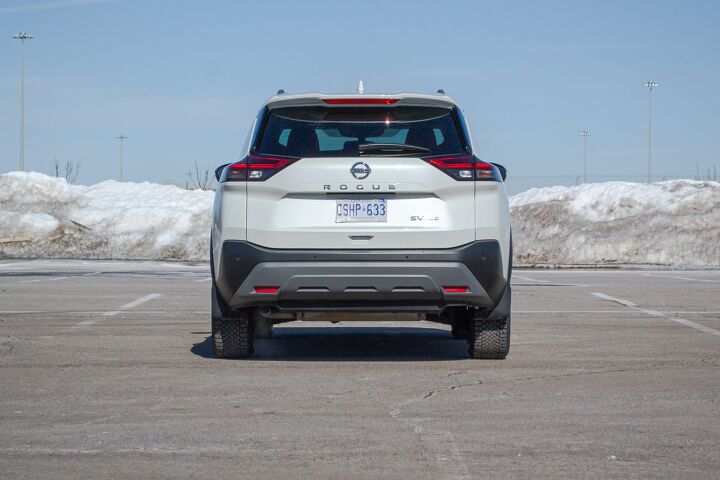





















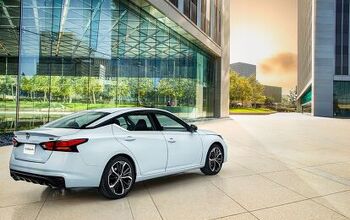
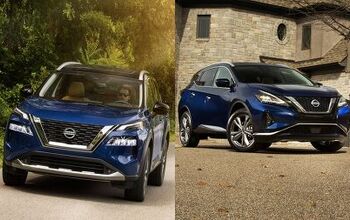
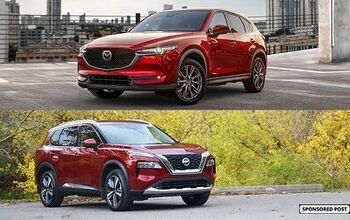
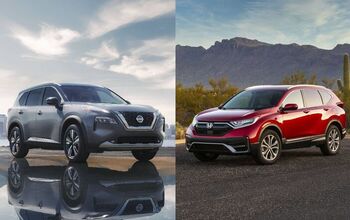
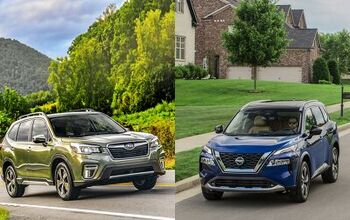
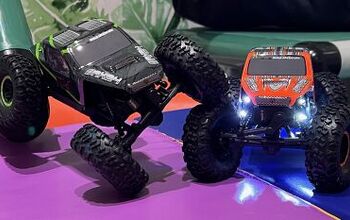



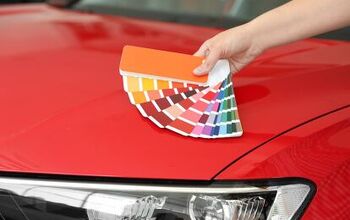
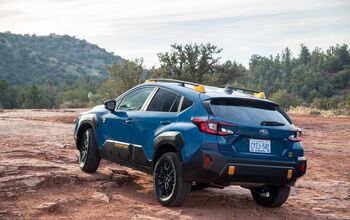




Comments
Join the conversation